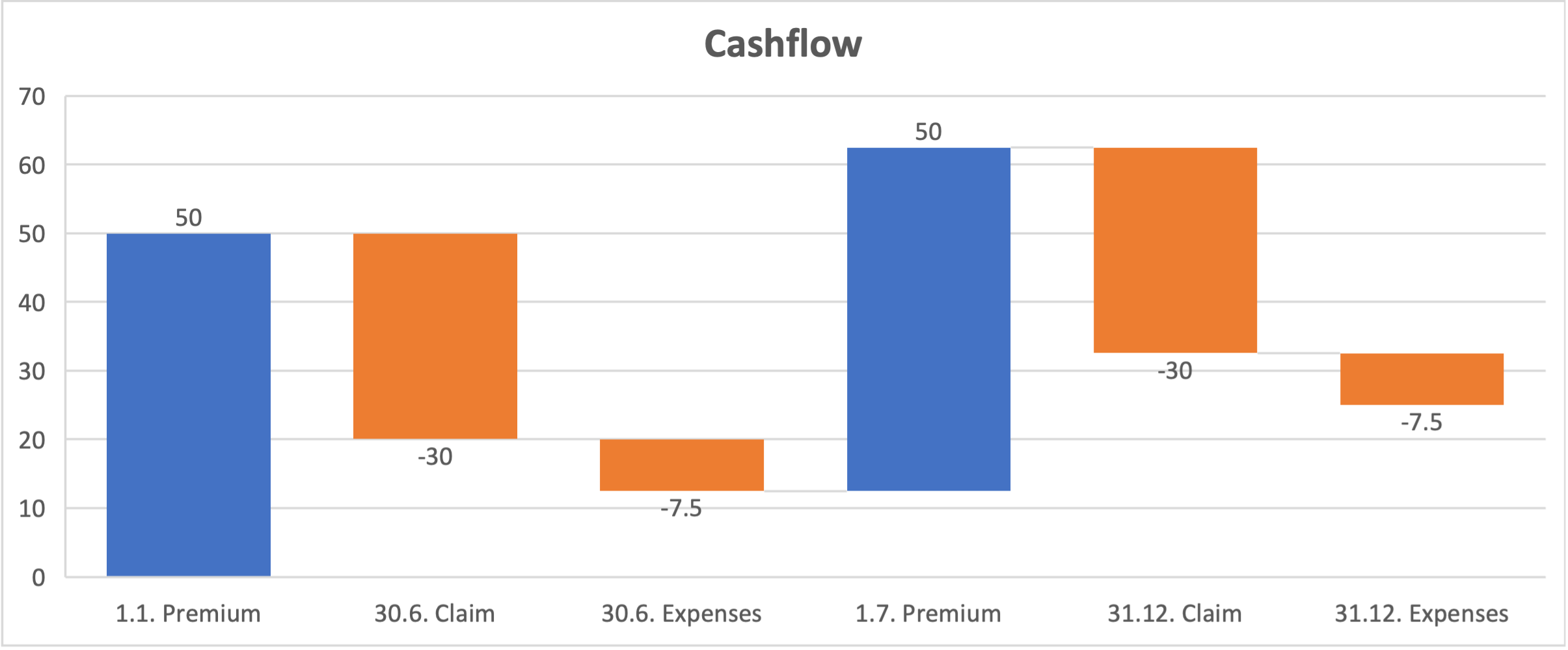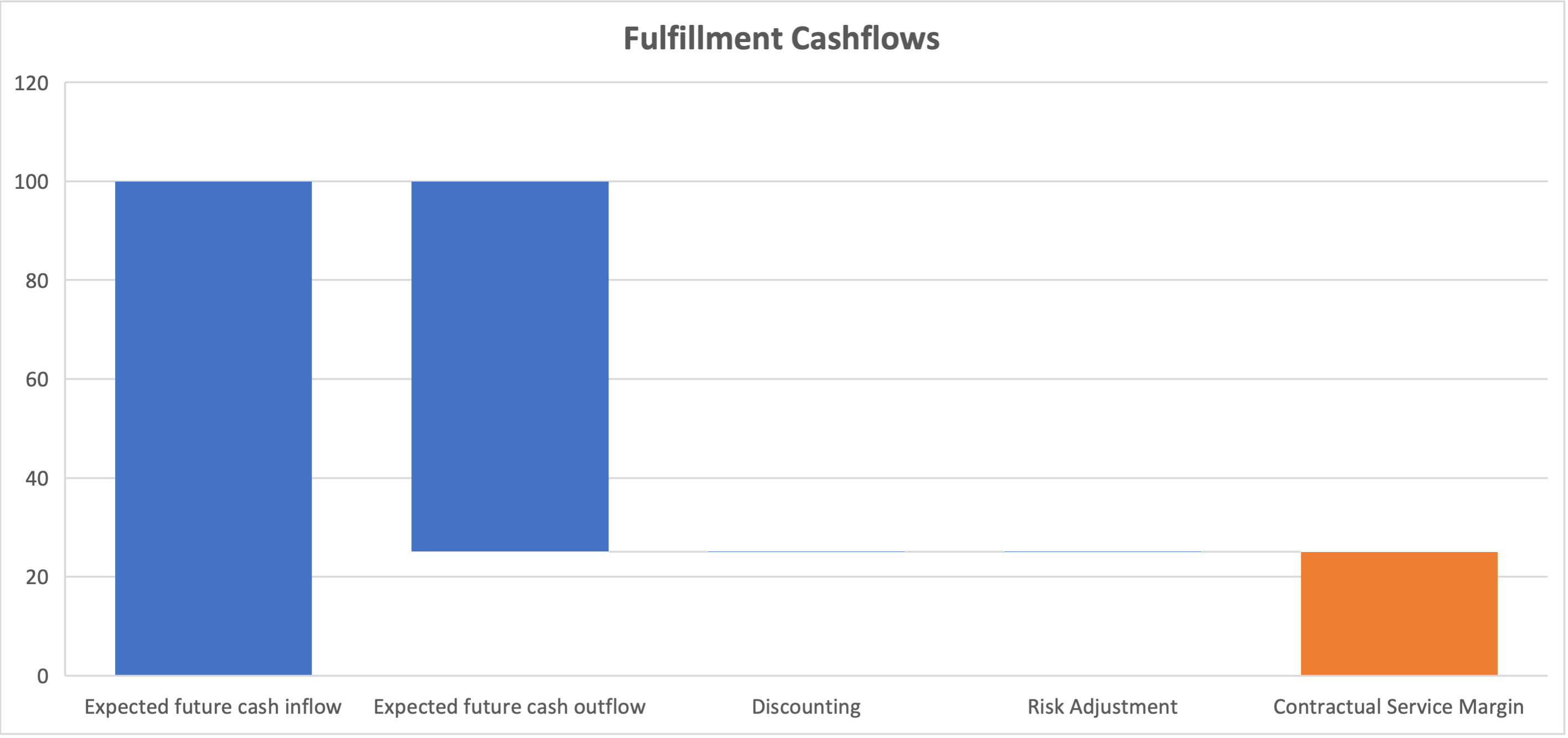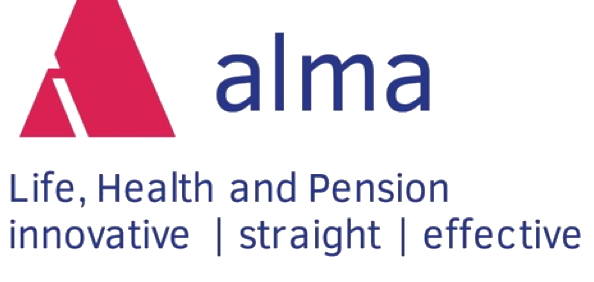
IFRS 17
2023 is a very important year for the insurance industry: The complex IFRS 17 framework was set in force on 1st January 2023 and replaces the interim standard IFRS 4 Phase I, which has been in force since 2005. The new standard regulates the principles for identification, recognition, measurement, presentation and disclosures for insurance contracts.
Alma is going to accompany the implementation of IFRS 17 by the insurance industry. Therefore, Alma will publish from time to time brief and well understandable articles on IFRS 17.
Part 4: Simple example – General Model
The example refers to an insurance contract with the following attributes:
-
- The contract term is one year and the start date is 1.1. of a calendar year.
- The annual premium is 100 and it is paid semi-annually (on 1/1 and on 1/7).
- The expected loss ratio is 60%.
- The expected expense ratio is 15%.
- Actual claims and expenses are the same as those expected.
- Investment return of zero is assumed, which corresponds to the one that occurred.
- For simplicity, it is assumed that the risk adjustment is zero and that there is no reinsurance.
- It is assumed that no taxes are incurred – what a wonderful world!
Presentation of cashflows
The above illustration shows the cashflow of the insurance contract.
The fulfillment cash flows are described in the illustration below. It is easy to recognize that the CSM becomes 25 under these assumptions.


Day 0 – registration at 1.1.

- Future cashflows on insurance liabilities are presented as an asset if the present value is negative.
- There is no Income Statement impact unless the contract is onerous.
Day 0 – first premium paid

- Future cashflows on insurance liabilities are presented as an asset if the present value is negative. Here it has now become a liability because the first premium has been paid.
Balance sheet and income statement at Q2

- Actual claims of 30 and expenses of 7.5 were provided.
- The “Insurance Contract Revenues” consist of the realization of expected claims and costs from the fulfillment cash flow as well as the release of the CSM.
- The two main drivers of profit can also be seen very clearly from this presentation:
- The release of the CSM and the change in the risk adjustment.
- As well as the comparison between the expected losses and expenses with the actual ones.
According to our assumption (expected = actual) this profit source is zero. - The third source of profit – from the investment process – is irrelevant here.
Balance sheet and income statement end of year

- Because it was assumed that real losses and expenses would develop as expected, there is actually a profit of 25, which was also recognized as a CSM liability at the beginning.
